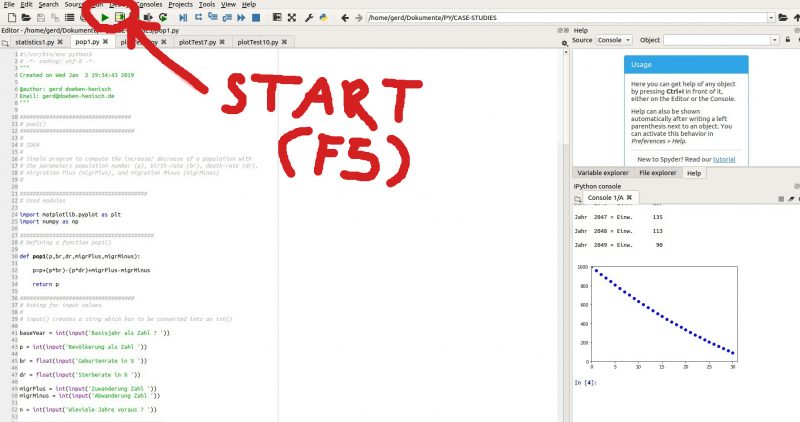eJournal: uffmm.org,
ISSN 2567-6458, 29.Januar 2019
Email: info@uffmm.org
Author: Gerd Doeben-Henisch
Email: gerd@doeben-henisch.de
Last Change: 1.February 2019 (Corrections)
— Outdated —
CONTEXT
An overview to the enhanced AAI theory version 2 you can find here. In this post we talk about the special topic of the virtual meaning and the actor story.
VIRTUAL MEANING AND ACTOR STORY
- In a textual actor story (TAS) using the symbolic expressions L0 of some everyday language one can describe a state with a finite set of facts which should be decidable ‘in principle’ when related to the supposed external empirical environment of the problem P. Thus the constraint of ‘operational decidability‘ with regard to an empirical external environment imposes some constraint of the kinds of symbolic expressions which can be used. If there is more than only one state (which is the usual case) then one has to provide a list of ‘possible changes‘. Each change is described with a symbolic expression L0x. The content of a change is at least one fact which will change between the ‘given’ state and the ‘succeeding’ state. Thus the virtual meaning of an actor must enable the actor to distinguish between a ‘given state’ q_now and a possible ‘succeeding state’ q_next. There can be more than one possible change with regard to a given state q_now. Thus a textual actor story (TAS) is a set of states connected by changes, all represented as finite collections of symbolic expressions.
- In a pictorial actor story (PAS) using the graphical expressions Lg of some everyday pictorial langue one can describe a state with a finite set of facts realized as pictures of objects, properties as well as relations between these objects. The graphs of the objects can be enhanced by graphs including symbolic expressions L0 of some everyday language. Again it should be decidable ‘in principle’ whether these pictorial facts can be related to the suppose external empirical environment of the problem P. Thus the constraint of ‘operational decidability’ with regard to an empirical external environment imposes some constraint of the kinds of symbolic expressions which can be used. If there is more than only one state (which is the usual case) then one has to provide a list of ‘possible changes’. Each change is described with an expression Lgx. The content of a change is at least one fact which will change between the ‘given’ state and an ‘succeeding’ state. Thus the virtual meaning of an actor must enable the actor to distinguish between a ‘given state’ q_now and a possible ‘succeeding state’ q_next. There can be more than one possible change with regard to a given state q_now. Thus a pictorial actor story (TAS) is a set of states connected by changes, all represented as finite collections of graphical expressions.
- In the case of a mathematical actor story (MAS) one has to distinguish two cases: (i) a complete formal description or (ii) a graphical presentation enhanced with symbolic expressions.
- In case (i) it is similar to the textual mode but replacing the symbolic expressions L0 of some everyday langue with the symbolic expressions Lm of some mathematical language. In this book we are using predicate logic syntax with a new semantics. In case (ii) one describes the actor story as a mathematical directed graph. The nodes (vertices) of the graph are understood as ‘states’ and the arrows connecting the nodes are understood as changes. A node representing a state can be attached to a finite set of facts, where a fact is a symbolic expression Lm representing objects, properties as well as relations between these objects. Again it should be decidable ‘in principle’ whether these facts can be related to the suppose external empirical environment of the problem P. Thus the constraint of ‘operational decidability’ with regard to an empirical external environment imposes some constraint of the kinds of symbolic expressions which can be used. If there is more than only one state (which is the usual case) then one has to use arrows which are labeled by symbolic change expressions Lmx. The content of a change is at least one fact which will change between the ‘given’ state and an ‘succeeding’ state. Thus the virtual meaning of an actor must enable the actor to distinguish between a ‘given state’ q_now and a possible ‘succeeding state’ q_next. There can be more than one possible change with regard to a given state q_now.
- If the complete actor story is given, then there is no need for the additional change expressions LX because one can infer the changes from the pairs of the succeeding states directly. But if one wants to ‘generate’ an actor story beginning with the start state then one needs the list of change expressions.



